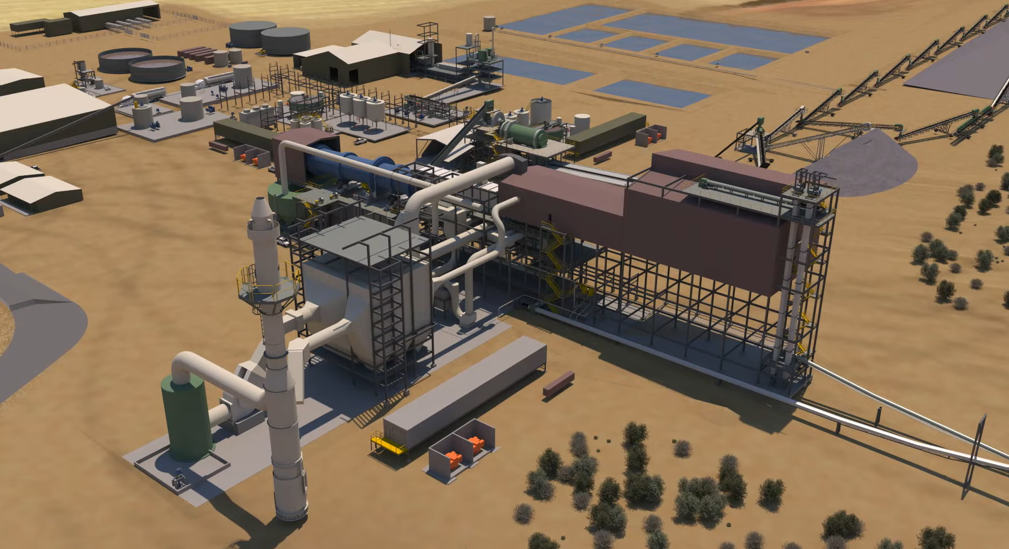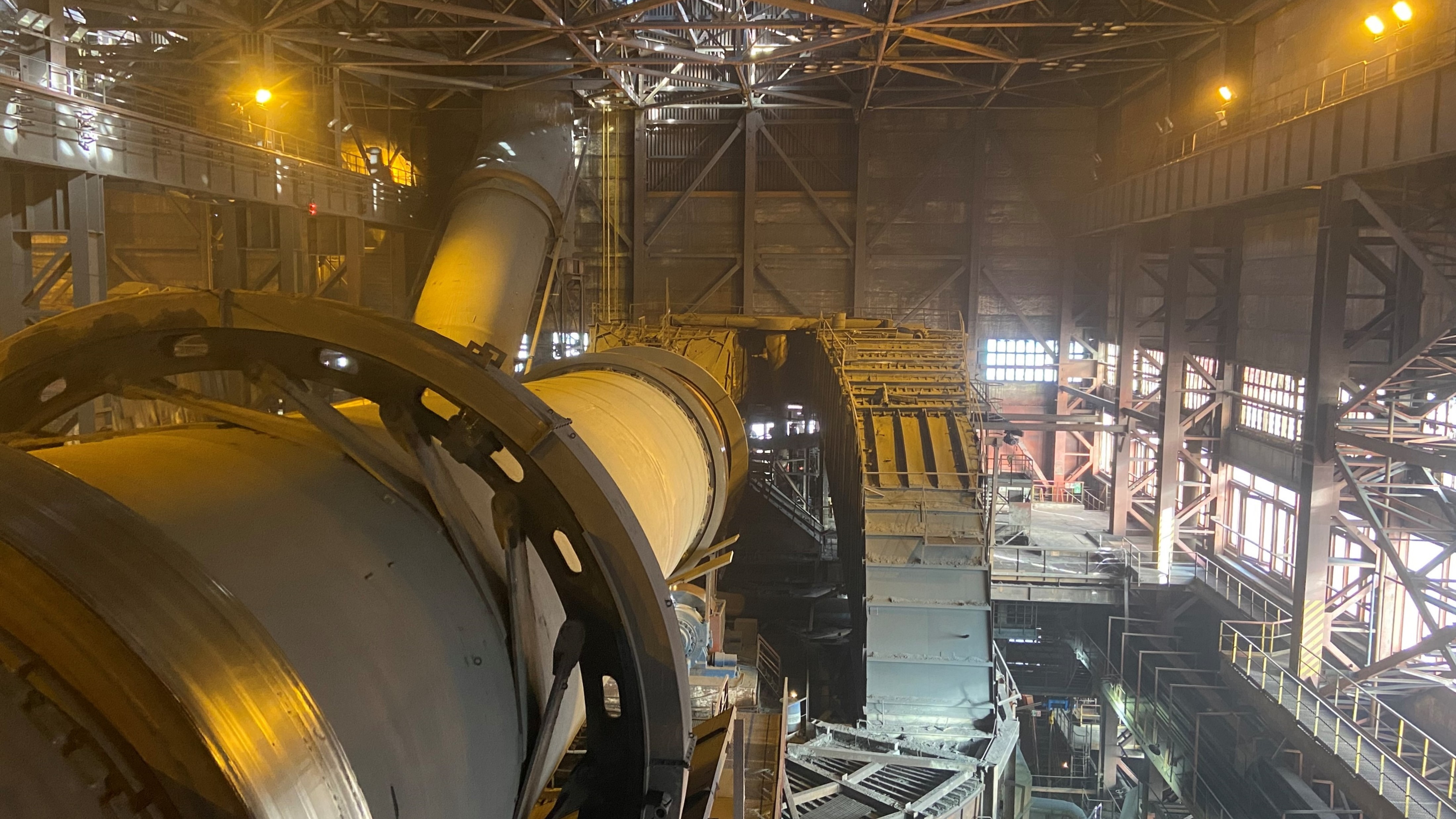The results have been conclusive and confirm that Grate Kiln (GK) technology can be successfully applied to mineral processing that has traditionally utilized different roasting technologies. AVL, engineering and consulting company Wood and Metso Outotec are now working together during the next phases of the project to provide a fully engineered Vanadium process solution that offers much more energy efficiency than the current processes.
Australian Vanadium Limited (AVL) is a Perth-based company bringing the high-grade Australian Vanadium Project in Western Australia into production, targeting clients in the steel and battery markets. In 2019, Metso Outotec was engaged to conduct a pilot testing for the project’s Bankable Feasibility Study because of our world-renowned expertise in Grate Kiln (GK) processing solutions. Traditionally, the GK technology has been used for indurating iron ore pellets, but it has also been successfully applied to similar roasting applications due to its unique ability to improve traditional rotary kiln processes. The GK system is a combination of a rotary kiln, coupled with a travelling grate that is used for pre-processing. The rotary kiln handles the final roasting, while the travelling grate replaces the much less efficient drying and preheating zone of the rotary kiln. Upstream pelletizing offers several benefits to this process, including improved roasting reaction, minimal dusting and reduced build-up of residue within the kiln. It is expected that this will result in a significantly increased vanadium recovery and plant operability over traditional kiln processes.

